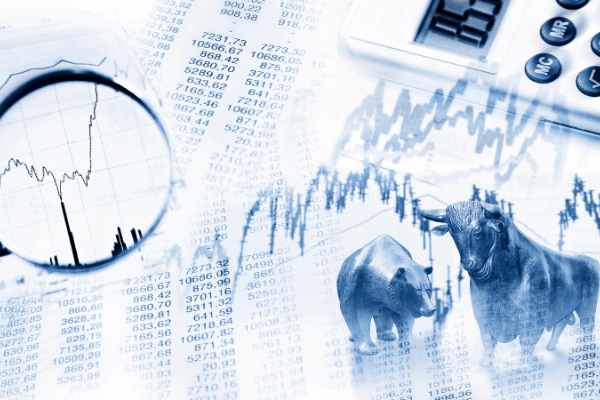
-
Rising stock markets are also fueling a wave of borrowing, both to bet on stocks on margin as well as using stocks as collateral to borrow cash
-
True leverage picture less clear, with uncertainty whether or not the bulk of the borrowing to bet on stocks is by retail or institutional investors, but elevated levels of liquidity are providing some degree of buffer that any correction is unlikely to be systemic at this stage
Your credit’s always good here, until it’s not.
If investors took anything away from the collapse of Archegos Capital Management, the family office that imploded under the weight of highly leveraged bets on a handful of stocks, it’s that leverage is a double-edged sword, it can both supercharge winners and disembowel you when you’re down.
But record low interest rates have led both individual investors and big investment firms to borrow heavily and bet on practically anything.
The “everything rally” that started in stocks last year received a strong shot in the arm by investors betting using borrowed money, with day traders punting on zero-fee trading apps like Robinhood, to stealthy behemoths like Archegos Capital Management, the investment firm that triggered a meltdown in companies like ViacomCBS and Discovery Communications, as well as a handful of Chinese tech firms.
According to data from the U.S. Financial Industry Regulatory Authority (Finra), the self-regulatory arm of Wall Street (because who can police better than the policed?), up to as recently as late February, investors had borrowed a record US$814 billion against their portfolios.
Up 45% from a year earlier, the last time investors had borrowed so much was during the dotcom bubble of 1999.
But correlation is not causation, and investor borrowing is only one of a myriad of factors that has fueled the epic rally in stocks – record low interest rates, fiscal and monetary stimulus and low yields have all led to the “everything rally.”
And Finra data in and of itself isn’t a perfect gauge for how much investors are trading on margin – when they pledge securities in exchange for loans from brokerages to make further investments.
Some investors, especially those for whom their stock portfolios have risen significantly, are borrowing to buy yachts and mansions as well as buy more stock.
And it’s only natural that investor borrowings against stock rises as the value of their collateral rises – so in and of itself, the Finra data isn’t the smoking gun that markets are in a bubble.
But leverage, as demonstrated by the Archegos Capital Management fallout, can exacerbate wild swings in the market – fueling bull markets just as much as dumping on bear markets.
And as stocks keep trending higher, each new high will bring along margin debt with it.
Margin trading is a double-edged sword – borrowing money gives investors more buying power, but it also puts them at greater risk because when stocks fall, lenders can ask investors to put up more collateral or worse, sell the shares, which is what happened at Archegos Capital Management.
Fortunately, Archegos Capital Management’s margin call was across just a handful of shares and had limited effect on other equities, but no one knows for sure whether another Archegos lays hiding in the depths because Finra’s data doesn’t break down the proportion of margin held by large investors versus that held by small ones.
Leverage in and of itself isn’t bad, it’s what happens when that leverage is suddenly removed that can be.



